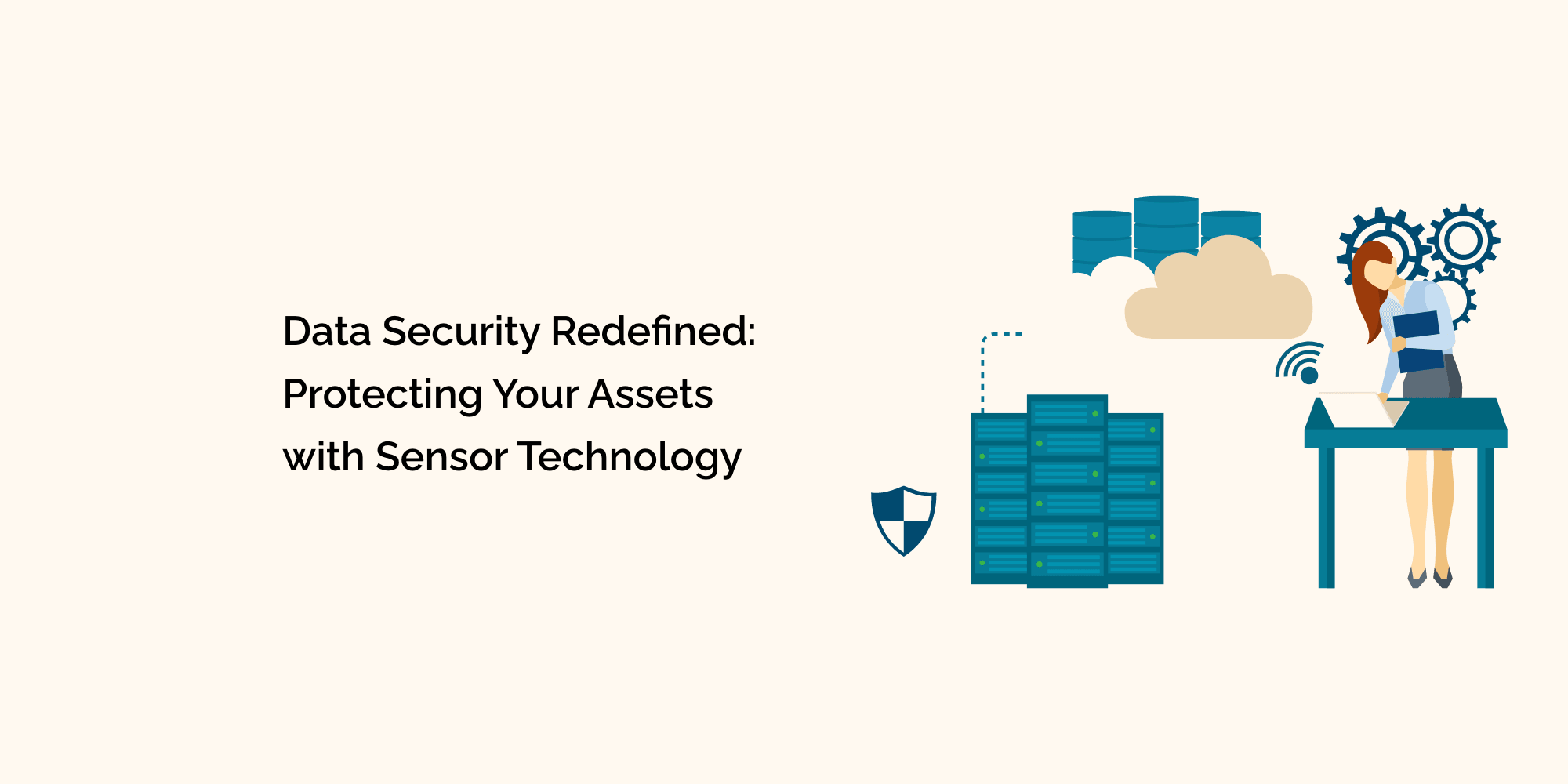In an increasingly digital world, data has become one of the most valuable assets an organization can possess. Protecting sensitive data is not just a priority; it's a necessity. Traditional data security measures, such as firewalls and encryption, are well-established, but there's a new player in the data security game: sensor technology. This comprehensive guide explores how sensor technology is redefining data security and why it's a critical component of modern data protection.
The Evolution of Data Security
An overview of the historical context and the changing landscape of data security:
- Data Security in the Digital Age: The significance of data and the ever-growing threat landscape.
- Traditional Data Security Measures: A review of encryption, firewalls, and other conventional approaches.
- The Need for Continuous Monitoring: Why the landscape of data threats requires more than just perimeter defenses.
The Role of Sensor Technology
Understanding the fundamentals of sensor technology and its role in data security:
- What Are Sensors?: A basic introduction to sensor technology and its various applications.
- Types of Sensors: An exploration of different types of sensors and their specific use cases.
- Sensors in Data Security: How sensor technology can be applied to enhance data security measures.
Real-time Data Monitoring
A deep dive into how sensors enable real-time data monitoring and its benefits:
- Continuous Data Monitoring: The advantages of real-time data monitoring compared to periodic security audits.
- Immediate Threat Detection: How sensors can detect and respond to security threats as they happen.
- Log Data Collection: The importance of collecting and analyzing log data for security insights.
Securing Physical Environments
Exploring how sensor technology can be used to secure physical spaces where data is stored:
- Securing Data Centers: The use of sensors to monitor and protect data centers.
- Physical Intrusion Detection: How sensors can detect unauthorized access to data storage facilities.
- Environmental Threats: Monitoring for environmental threats such as fire, flooding, and temperature fluctuations.
Protecting Digital Assets
An examination of how sensor technology can safeguard digital assets and networks:
- Network Intrusion Detection: Using sensors to monitor and detect network intrusions and unusual traffic.
- Data Leakage Prevention: How sensors can help prevent data leaks and unauthorized data transfers.
- Malware Detection: The role of sensors in identifying and mitigating malware attacks.
User Behavior Analysis
How sensor technology can be used to monitor and analyze user behavior for security purposes:
- Behavioral Analytics: How sensors can build user profiles and detect anomalous behavior.
- Insider Threat Detection: Using sensors to identify potential insider threats or malicious actions.
- Identity and Access Management: Enhancing access control through sensor-based authentication.
Data Encryption and Sensor Technology
Exploring how sensor technology can work in conjunction with encryption to bolster data security:
- Enhanced Key Management: How sensors can secure encryption keys and manage their use.
- Data at Rest and in Transit: Leveraging sensors to ensure data is encrypted both at rest and during transmission.
- Sensor-enhanced Encryption: New developments in sensor-driven encryption technology.
Compliance and Data Governance
An overview of how sensor technology can assist in compliance with data protection regulations:
- Data Privacy Regulations: How sensors can help organizations comply with data protection laws.
- Data Retention and Deletion: Using sensors to enforce data retention and deletion policies.
- Audit Trail Creation: The role of sensors in generating audit trails for regulatory compliance.
The Future of Data Security
A glimpse into the future of data security and the role of sensor technology:
- Machine Learning and AI: The growing impact of AI in data security and threat detection.
- Blockchain and Data Security: How blockchain technology can be used in conjunction with sensor data.
- Integration with IoT: The expanding ecosystem of interconnected devices and data sources.
Conclusion
Sensor technology is redefining data security by providing continuous monitoring, threat detection, and proactive responses to protect digital and physical assets. In a world where data breaches can have catastrophic consequences, the integration of sensor technology into data security measures is not just a best practice; it's an imperative. By utilizing sensors, organizations can fortify their data protection strategies and ensure the integrity, confidentiality, and availability of their most valuable assets.








